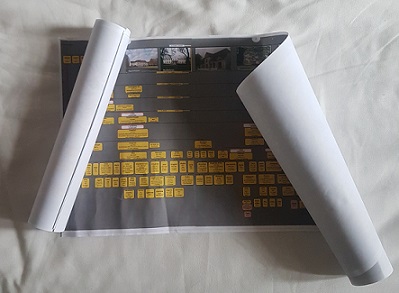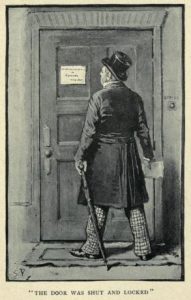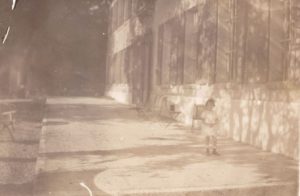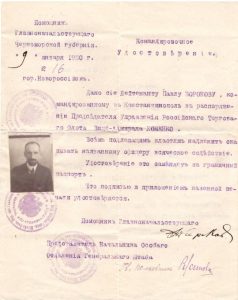I have several genealogical charts of my father’s family. A couple of them comprise the entire family, one of them is only of my father’s direct family, and one of them includes the children of the females in the family. All of them contain valuable information; names, birth dates, dates of death, names of spouses and children, etc. But none of them relate the stories of these people. None of the charts can tell me what sort of people they were. What did they do with themselves? Were they good at school? Did they fall in love many times before they married? Were they talented in any way? How will I fill in these gaps?
Newspapers are a great source of information when researching family history. Your ancestors don’t have to be mentioned in the papers, the news from the time and place they lived will give you information about how they lived. Newspaper advertisements can also be helpful, as can birth, death and marriage notices.
Books, both non-fiction and fiction, are useful for learning about the daily lives of your ancestors. Authors of historical fiction often undertake thorough research into the period of history they are writing about and readers can learn much from this. Non-fiction books are fabulous for details about whatever time you are looking into.
If you can find paintings from the time your ancestors lived, these might also give you background information of the time. Depending on the artist and their style, you may be able to see how your ancestors dressed and the type of buildings they lived or worked in. Of course, if your ancestors lived when abstract art was all the rage, this might not work for you.
Unfortunately, as pointed out in my previous post, most of my research is not in English and I have to translate anything I want to read. Relevant newspapers to the time I’m researching are written in either German or Latvian. They are also not easy to find online. Many sources of information were destroyed during and after the war. Sometimes records were simply not kept, or not kept well.
Books and memoirs by Baltic Germans looking at their history in the early to middle twentieth century are mostly written in German or Latvian. Many of them are not available online and, much as I would love to spend my time travelling to Europe to read them, realistically it’s not possible.
So, I have to rely on the bits and pieces I can find in English. Much of the information I have found is online, but some of it I have discovered in libraries. I also have my Aunt’s journal to draw on, despite the fact that I have to translate it from German. And I have plenty of letters written to my father by both of his sisters, one in Germany and one in Peru. Naturally, all of these letters are in German, and in handwriting which is not that easy to read!




